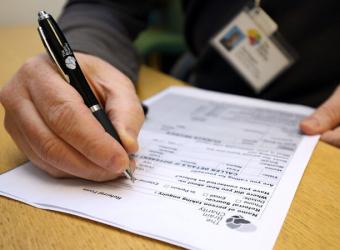What is hereditary spastic paraplegia?
Hereditary spastic paraplegia is the name given to a group of rare disorders that are characterised by weakness and stiffness in the leg muscles.
There are two forms of the condition: pure and complicated.
What causes hereditary spastic paraplegia?
Hereditary spastic paraplegia is inherited. Those with a pure form of the condition have usually inherited a faulty gene from one parent, and those with a complicated form of the condition have usually inherited a faulty gene from both parents.
The faulty gene causes the nerves in the spine that control muscle tone and movement in the lower body to deteriorate.
What are the symptoms of hereditary spastic paraplegia?
The symptoms of hereditary spastic paraplegia gradually get worse over time. The main symptoms of pure hereditary paraplegia are:
- Gradual weakness of the legs.
- Spasticity which is increased muscle tone and stiffness.
- Problems with urination.
- A lack of sensation in the feet may sometimes occur.
Those with complicated hereditary spastic paraplegia also experience additional symptoms which may include:
- Peripheral neuropathy which involves damage to the nerves in the feet.
- Epilepsy.
- Ataxia which is problems with balance, coordination and speech.
- Eye problems.
- Dementia.
- Problems with learning and development.
- Ichthyosis which is thick, dry and fish-scale like skin.
- Hearing loss.
- Problems with breathing or swallowing.


















